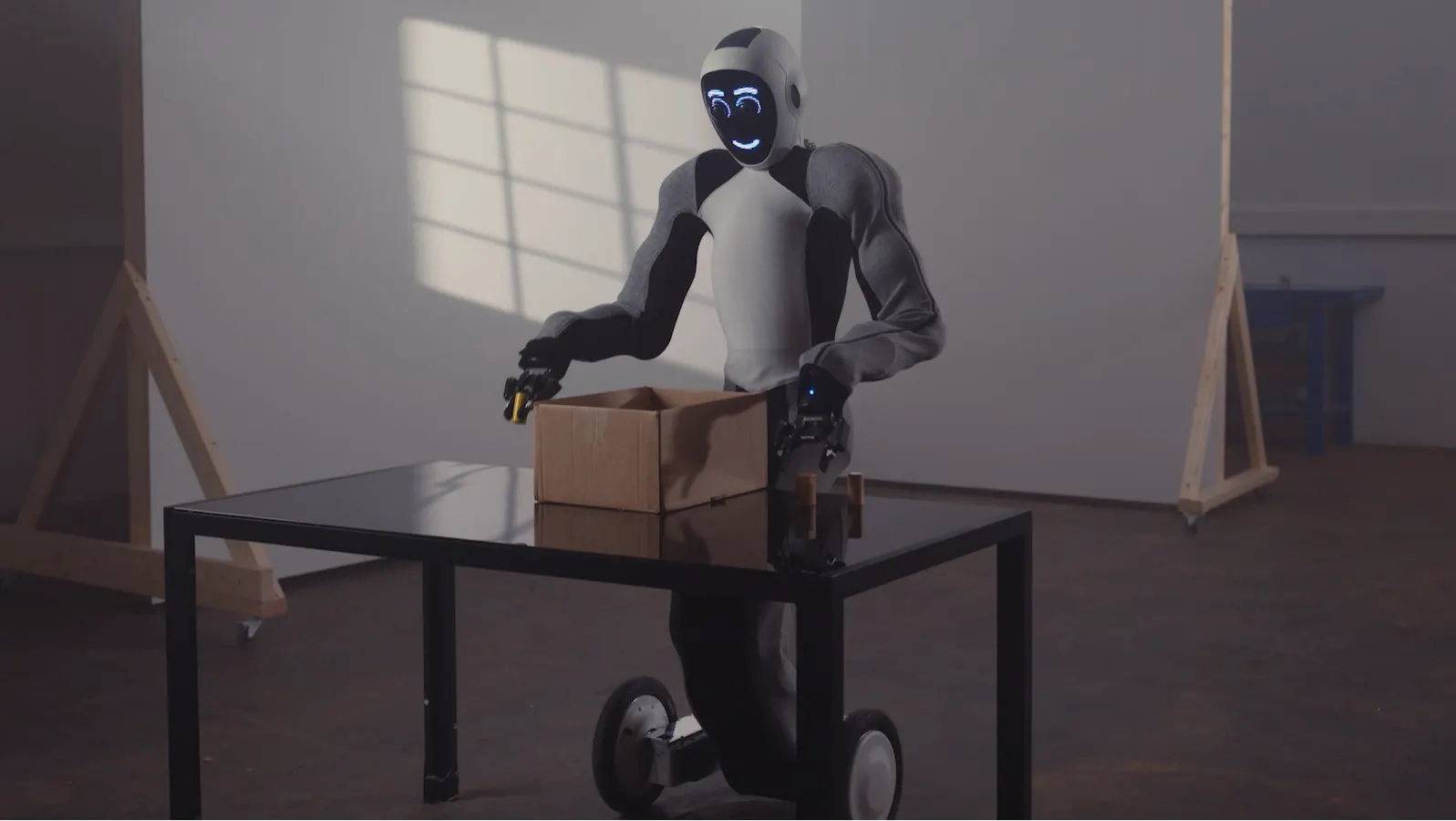An OpenAI-fueled robotics startup is outpacing Elon Musk's Tesla, launching AI-powered humanoid robots in real-world settings. Notably, these robots are already patrolling as security guards, with plans to deploy them in assisted living facilities and hospices soon. Firstpost reports the bot is also a good nurse and bartender—as multitalented as it can be.
Enter 1X, an OpenAI-funded company, flaunting their revolutionary humanoid robot, EVE. Designed to carry out specialized tasks that could only be performed by humans until now, EVE has been activated in select locations across Europe and the United States, according to 1X's founder and CEO, Bernt Bornich.
EVE, operational since April this year, has surpassed initial expectations. Setting a historical milestone, EVE has integrated seamlessly into a professional environment, leaving Musk's highly anticipated Tesla robots in the dust.
Bringing to life a real world Robocop, EVE has been stationed as a security guard at two industrial sites. Distinguished by its humanoid head, face, and autonomously moving arms, these patrolling EVE units are supervised by human counterparts.
The humanoid robot EVE, with its human-like appearance and robotic hands, stands out from its contemporaries like Boston Dynamics. Its capabilities include opening doors, windows, and manipulating objects, setting new standards in the realm of humanoid robots.
The Hum-AI-nity of the Future
Bornich, the CEO of 1X, foresees the humanoid easing labor shortages by substituting for human workers. His vision: a world where a labor deficit is a thing of the past and sustainable energy can morph into any product or service we desire. He’s also optimistic about extending the deployment of these robots to elderly care in the near future.
Bornich expects this to happen in the next five to ten years, which also follows the timeline OpenAI predicted earlier this week.
But nurses should not be the only ones thinking about their future. On the other side of the tech spectrum, Google recently introduced Med-PaLM 2, an advanced language model fine-tuned specifically for the medical field.
1X is also working on a new robot, NEO, featuring bipedal locomotion—which means it will be capable of walking like a human. But, for now, EVE stands tall as the first humanoid robot successfully deployed in the real world, with an LED face enabling it to display reactions. It also allows operators to communicate through the robot.
As for Tesla, they gave an update on their humanoid robot program, Optimus, during their latest shareholder meeting. Surprisingly, the robots were seen strolling within the company's facilities. “Optimus stuff extremely underrated,” Elon Musk said during the presentation, adding that in the future there might be two robots per human on the planet.
❗Elon Musk: "My prediction is that Tesla's long-term value, a majority of the long-term value, will be Optimus. And that prediction I am very confident of." pic.twitter.com/btE0gnjnWf
— Smoke-away (@SmokeAwayyy) May 17, 2023
Starting with security-related tasks, every action performed by EVE contributes to system training, allowing the robot to improve task execution without human intervention, said 1X. With $23.5 million in funding from OpenAI's Startup Fund, 1X is not only building robots but also creating sophisticated language models that allow robots to understand and execute commands.
Robots like EVE, Neo and Optimus show a picture of a future where human-like machines are part of our daily lives, enhancing our capabilities and transforming the way we interact with technology. The future of AI is here, and it’s changing the game, one robot at a time.

